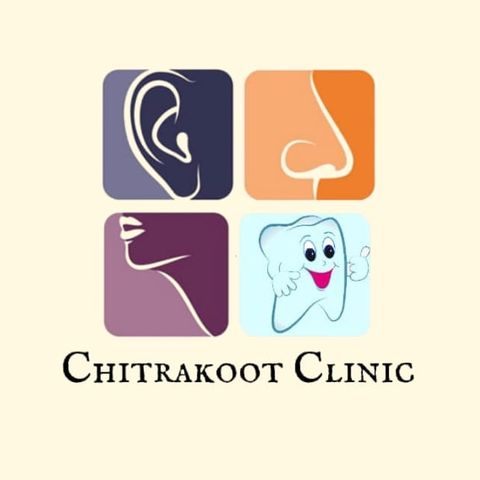Voice Laser
Causes
Some common voice disorders include:
- Laryngitis
- Voice changes related to the brain and nervous system, known as spasmodic dysphonia (spaz-MOD-ki dis-FOE-nee-uh)
- Polyps, nodules or cysts on the vocal cords — growths that aren’t cancer
- Precancerous and cancerous growths
- Vocal cord paralysis or weakness
- White patches, also known as
Symptoms
- Hoarseness.
- Breathiness.
- A “rough” voice, “scratchy” voice.
- Harshness in voice.
- Shooting pain from ear to ear.
- A “lump in the throat” sensation.
- Neck pain.
- Decreased pitch range.
Precautions
Investigations
Treatment
Depending on your diagnosis, your care provider might suggest one or more treatments:
- Rest, liquids and voice therapy. Like every part of the body, the vocal cords need regular rest and fluids. Speech pathology specialists teach how to use the voice better, how to clear the throat and how much liquid to drink.
- Allergy treatments. If an allergy is making too much mucus in the throat, a health care provider can find the allergy’s cause and treat it.
- Stopping smoking. Quitting smoking can help improve the voice and many other areas of health. For example, it can boost heart health and lower cancer risk.
- Medicine. Many medicines can be used to treat voice disorders. Depending on the cause of the voice disorder, medicine can reduce swelling, or inflammation, treat gastroesophageal reflux or stop blood vessel regrowth. Medicine can be taken by mouth, injected into the vocal cords or applied to the surface of the vocal cords during surgery.

